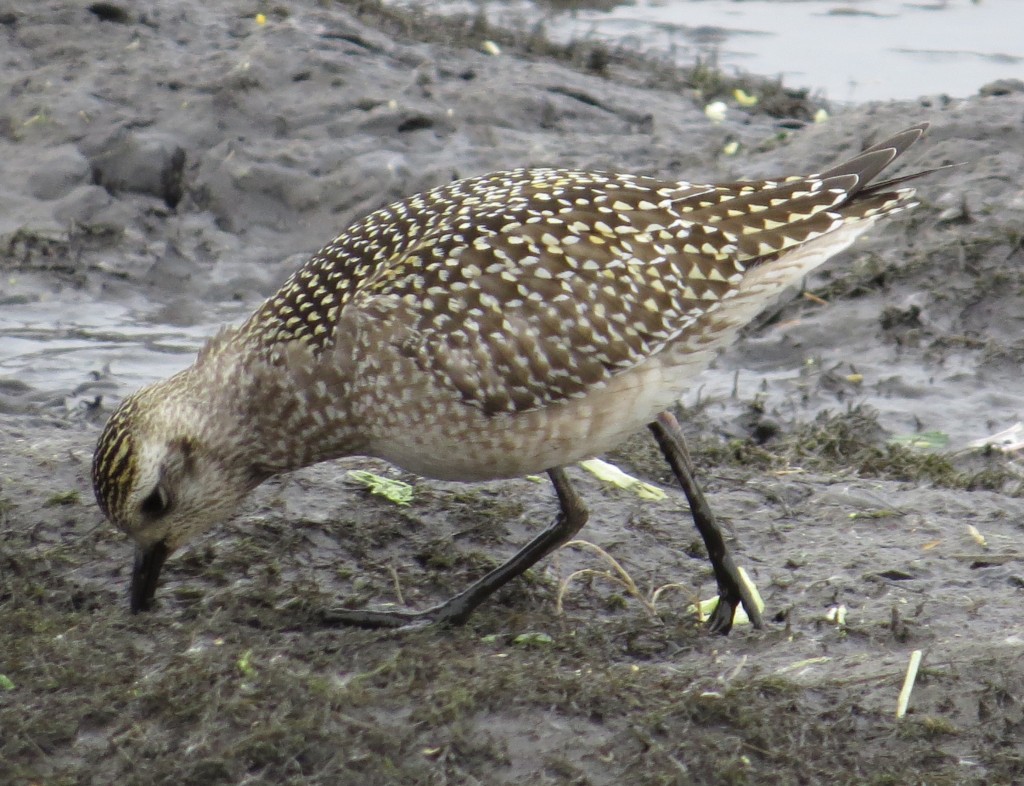I have this working idea that all Minnesota birders should band together and chip in to pay John Richardson a salary to find us good birds full time. John’s long list of great finds is extraordinary, and he seems to turn up something spectacular wherever his peregrinations take him. August 10th was no exception as he and Butch Ukura turned up a Red Knot at the North Ottawa Impoundment in Grant County on their way home from seeing the Black-headed Gull in Lyon County.
This Knot was the second one to come up so far this year, but I hadn’t been able to chase this potential lifer last spring. Since I did have a free schedule this time and since the bird was just 1.5 hours away, it meant a chase was on when the bird was relocated on August 11th by Charlene Nelson. Much to my kids’ frustration, I was watching them while Melissa was at a meeting when the chase status had been upgraded from ‘maybe’ to ‘go-time’. This meant they had to go with me. Actually the kids are pretty good about this type of thing and are used to quickly and independently assembling a bird-chase-survival kit of electronics, books, and everything they might possibly need to endure another one of dad’s trips…except food. A quick stop for pretzels turned into a subsequent stop down the road for drinks. Eventually we made it to North Ottawa, just not within 1.5 hours. 🙂
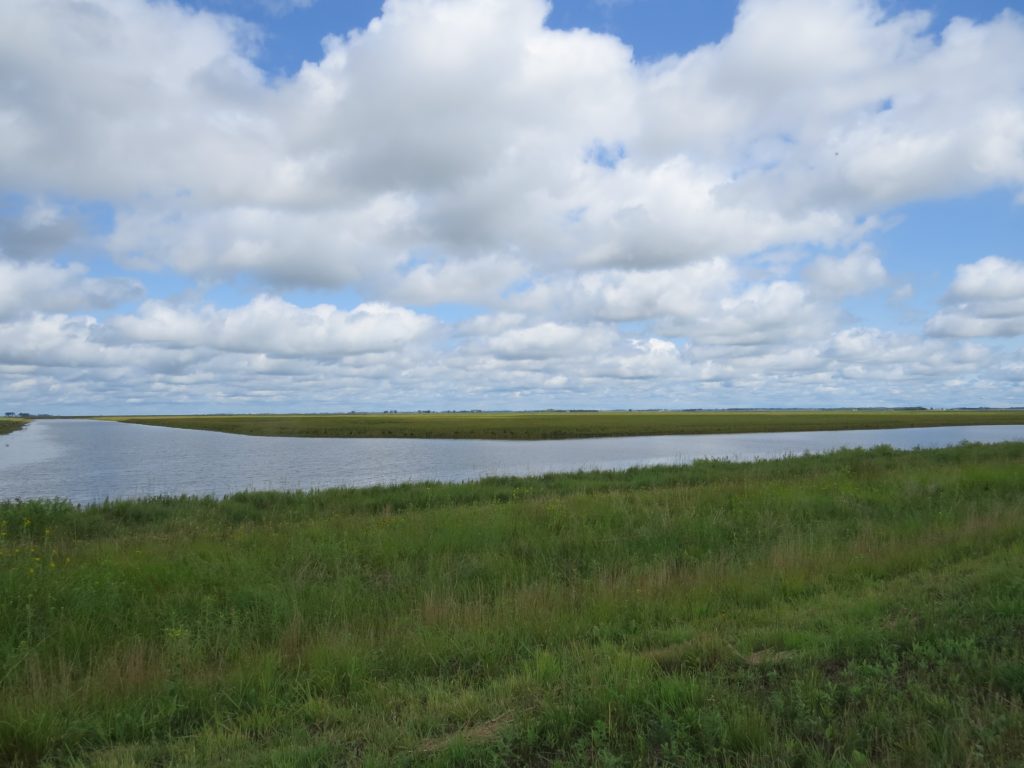 It was fun to return to this area. Two years prior, Randy Frederickson, Evan, and I came up here for a tidy haul of good birds in one trip: White-winged Dove, Cattle Egrets, Black-necked Stilts, and Loggerhead Shrike. This time I was looking for another great gift from Grant, and luckily, I found it.
It was fun to return to this area. Two years prior, Randy Frederickson, Evan, and I came up here for a tidy haul of good birds in one trip: White-winged Dove, Cattle Egrets, Black-necked Stilts, and Loggerhead Shrike. This time I was looking for another great gift from Grant, and luckily, I found it.
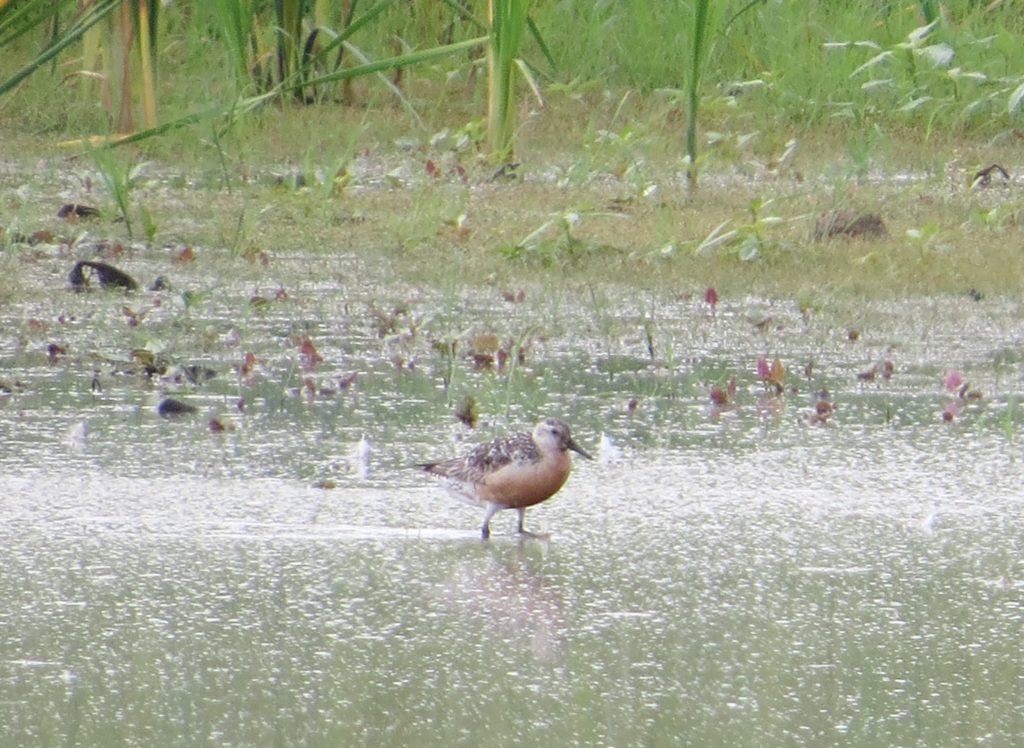 Initially I couldn’t find it and panicked since Joel Schmidt had just been there before me and assured me it was still there. It took me a good ten minutes to finally spot it, and I may or may not have been crabby and short with the kids during those tense first few minutes as they loudly pestered one another in the backseat to fight off the boredom. But with the chubby red bird now officially in sight, I was much more at ease and took things in stride.
Initially I couldn’t find it and panicked since Joel Schmidt had just been there before me and assured me it was still there. It took me a good ten minutes to finally spot it, and I may or may not have been crabby and short with the kids during those tense first few minutes as they loudly pestered one another in the backseat to fight off the boredom. But with the chubby red bird now officially in sight, I was much more at ease and took things in stride.
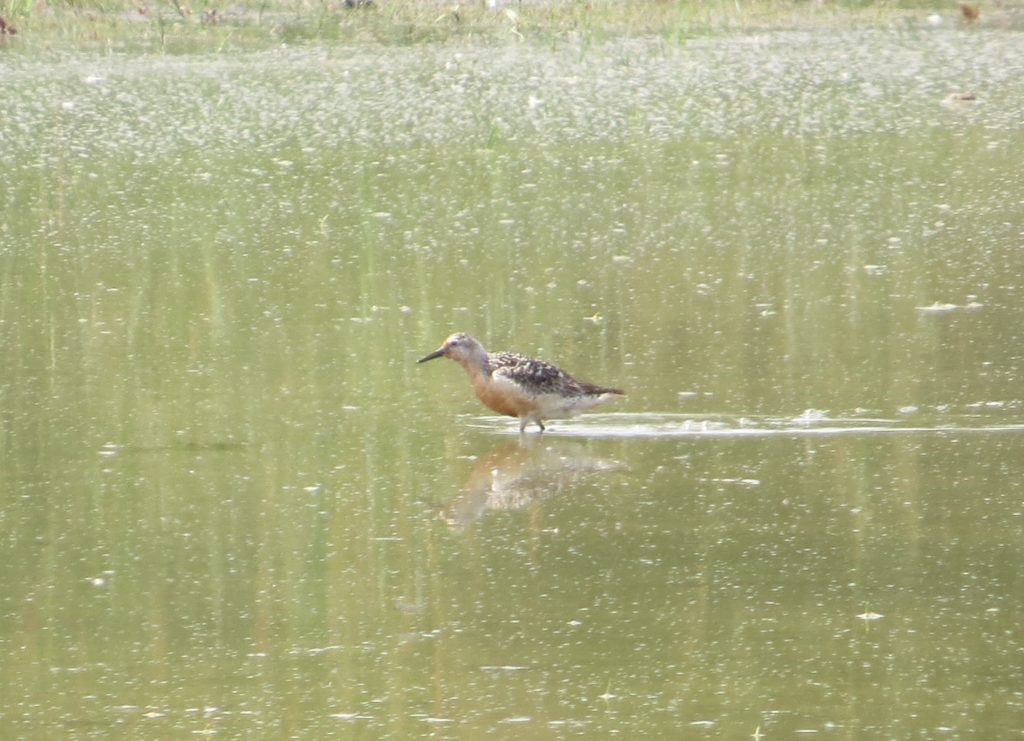
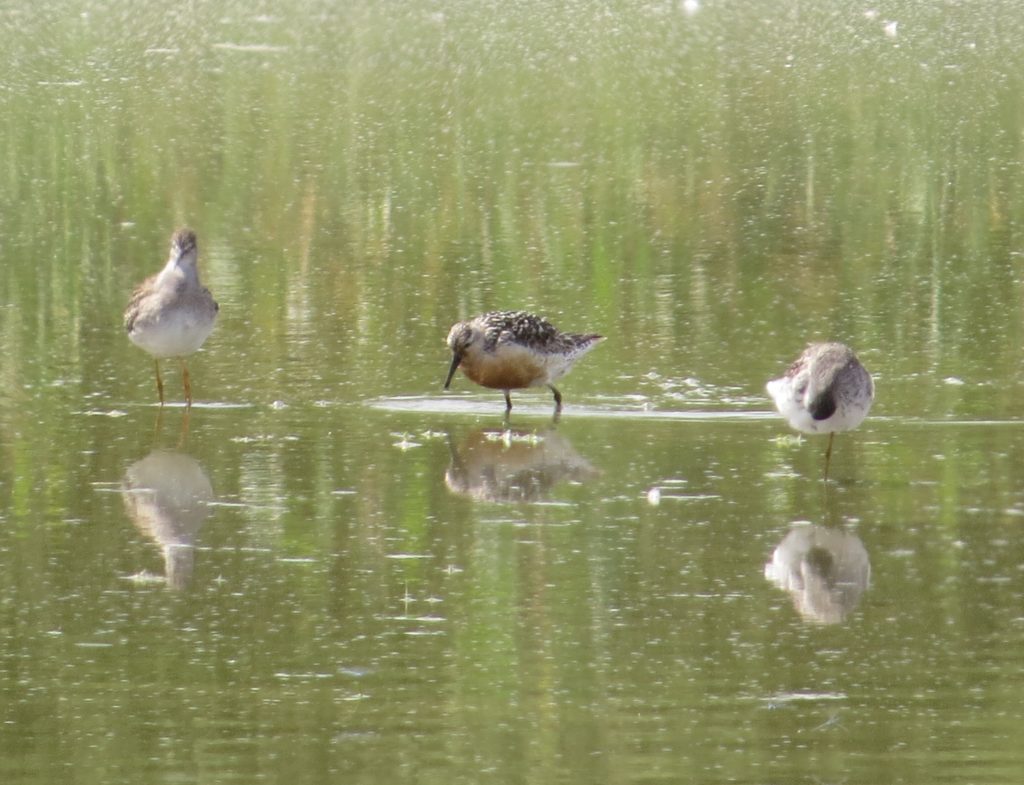
Evan opted not to see this bird and instead stayed in the car with Marin where they were play-fighting/wrestling/giggling and just generally getting along. He did hop out once when we spied a Garter Snake cross the road as the kid has become a herper lately and has been wanting to catch a snake bad. He missed the snake as it slithered into the grass off the road. Shucks.
After spending some time photographing the Knot, we drove around the entire impoundment. Our only other significant find were four Western Grebes which is always a nice year bird to tally. Then we were FINALLY (as the kids would say) on the road home. But then I got a message from Dan Orr that he had found some Buff-breasted Sandpipers in Kandiyohi which were conveniently on the way home. The kids found nothing convenient about it– the resulting groan from the announcement of another birding stop was deafening. They have learned that there is no such thing as a quick stop when it comes to birds. But stop we did. Joel Schmidt had gotten there ahead of me and hadn’t yet located the Buff-breasteds but had located a dashing Black-bellied Plover in full breeding plumage! This felt like a lifer in its own right since I had never seen one so properly dressed before. Too bad it was so far away for decent photos.
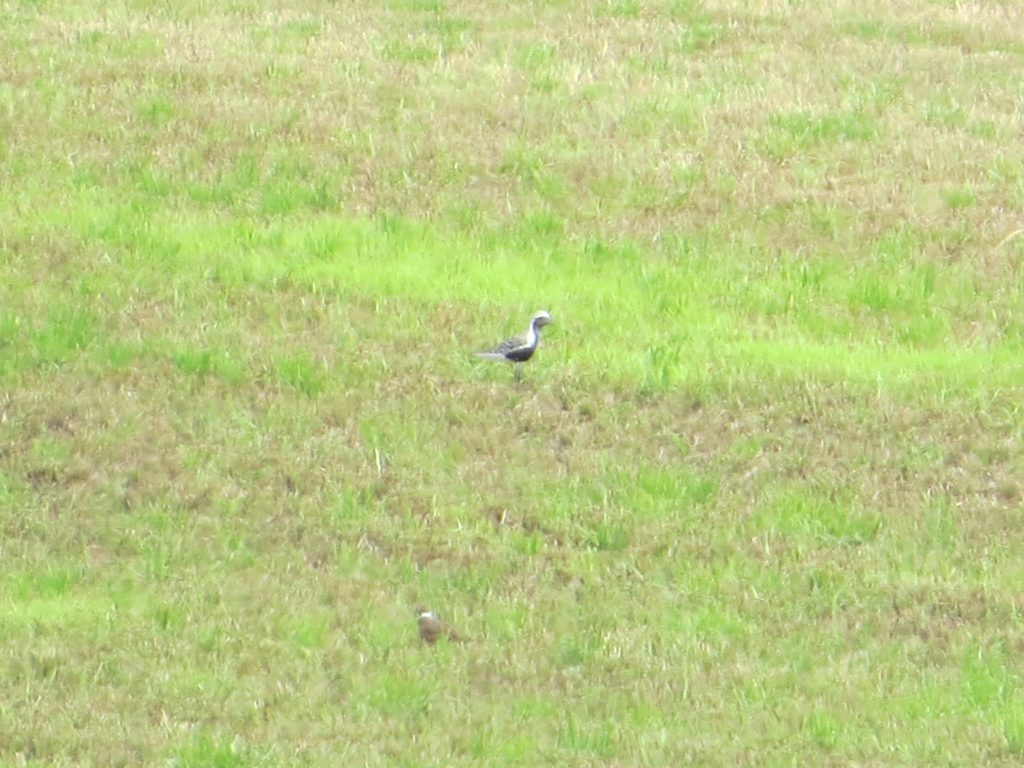 Eventually Joel and I found the Buff-breasteds and eventually I did get those kids home. After all, we had a lot of things to do at home, like get ready for out-of-state birding trip to grab some lifers and do some other fun things. That story is coming next.
Eventually Joel and I found the Buff-breasteds and eventually I did get those kids home. After all, we had a lot of things to do at home, like get ready for out-of-state birding trip to grab some lifers and do some other fun things. That story is coming next.

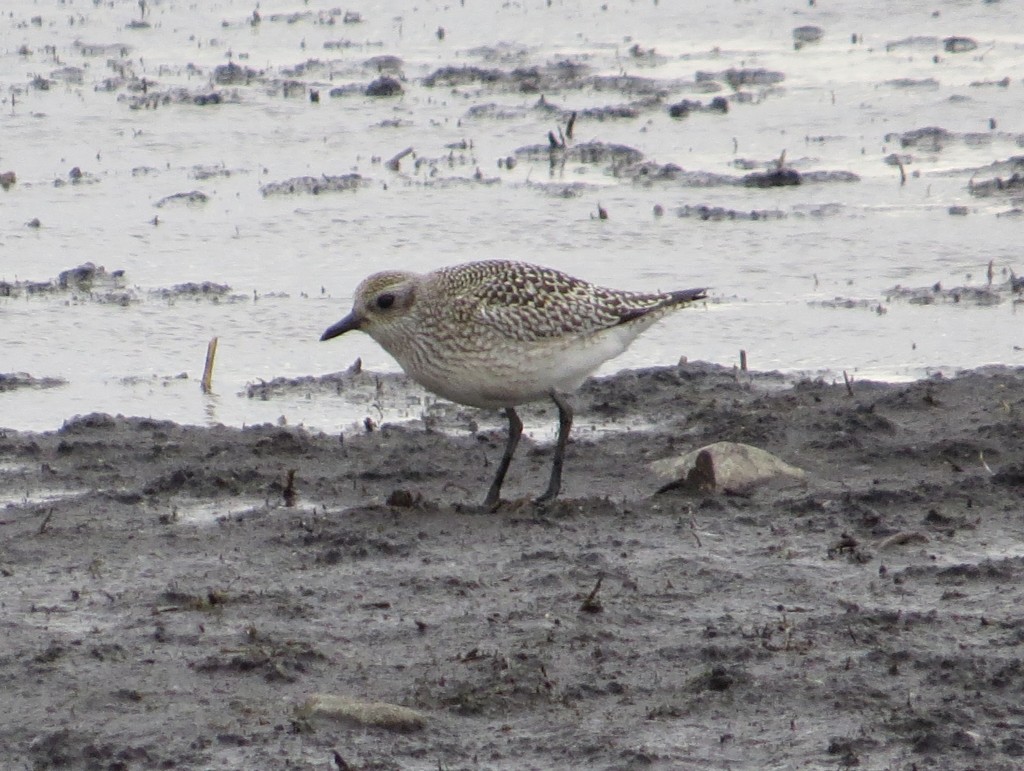
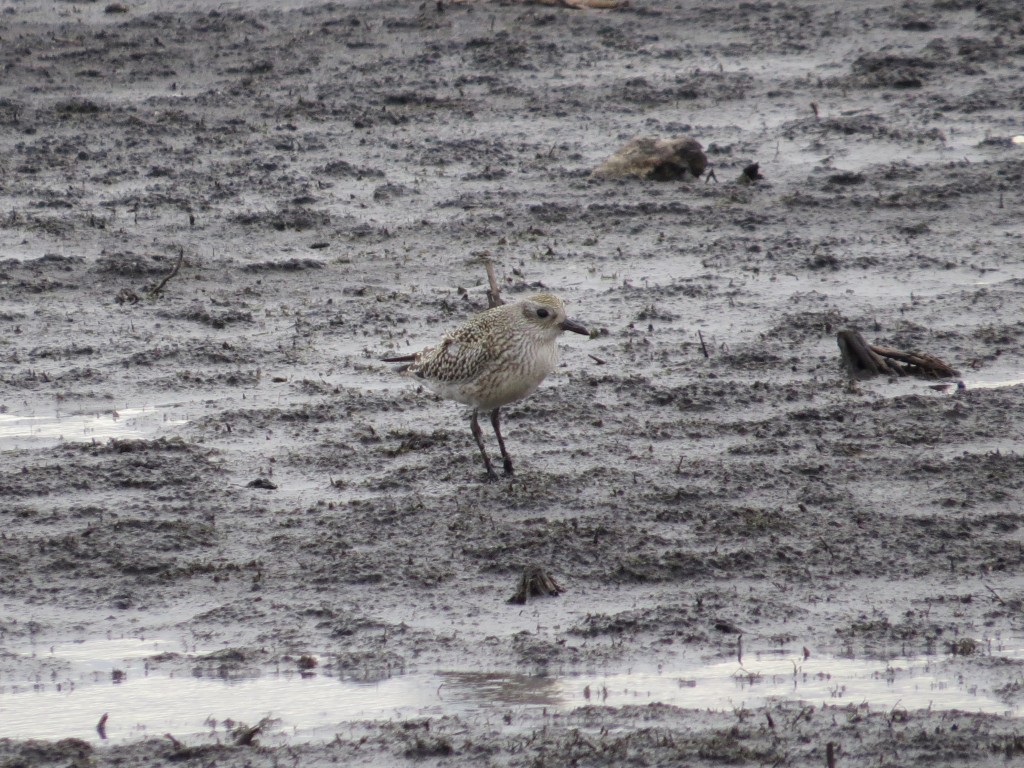
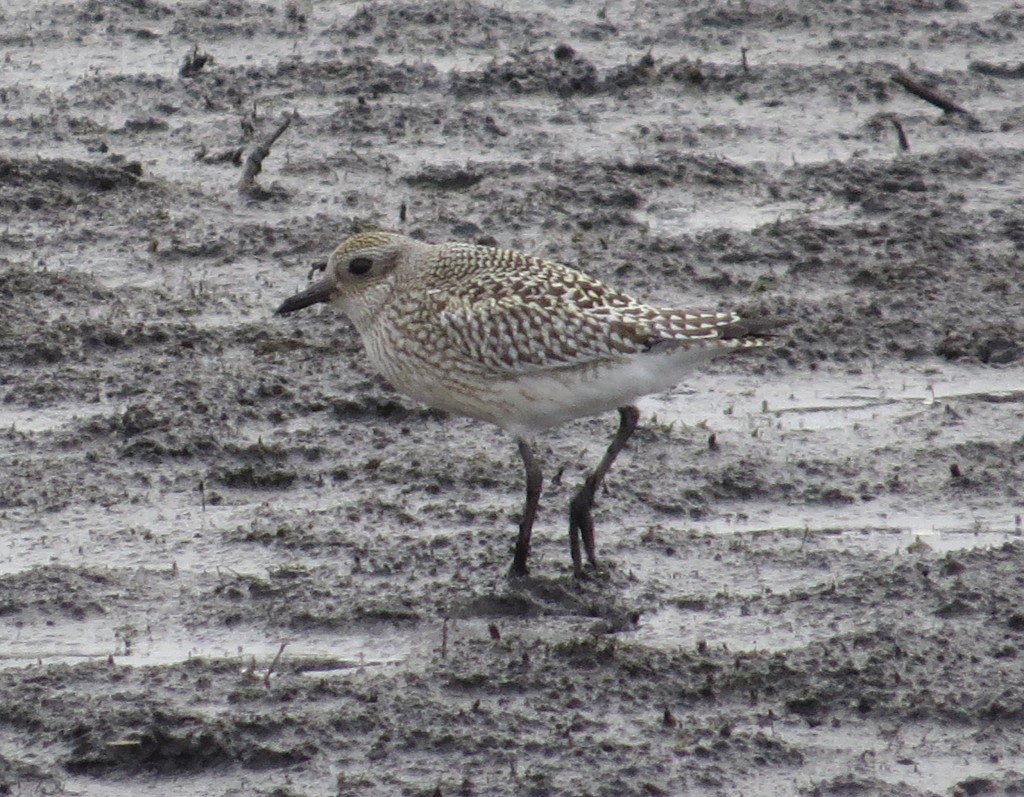
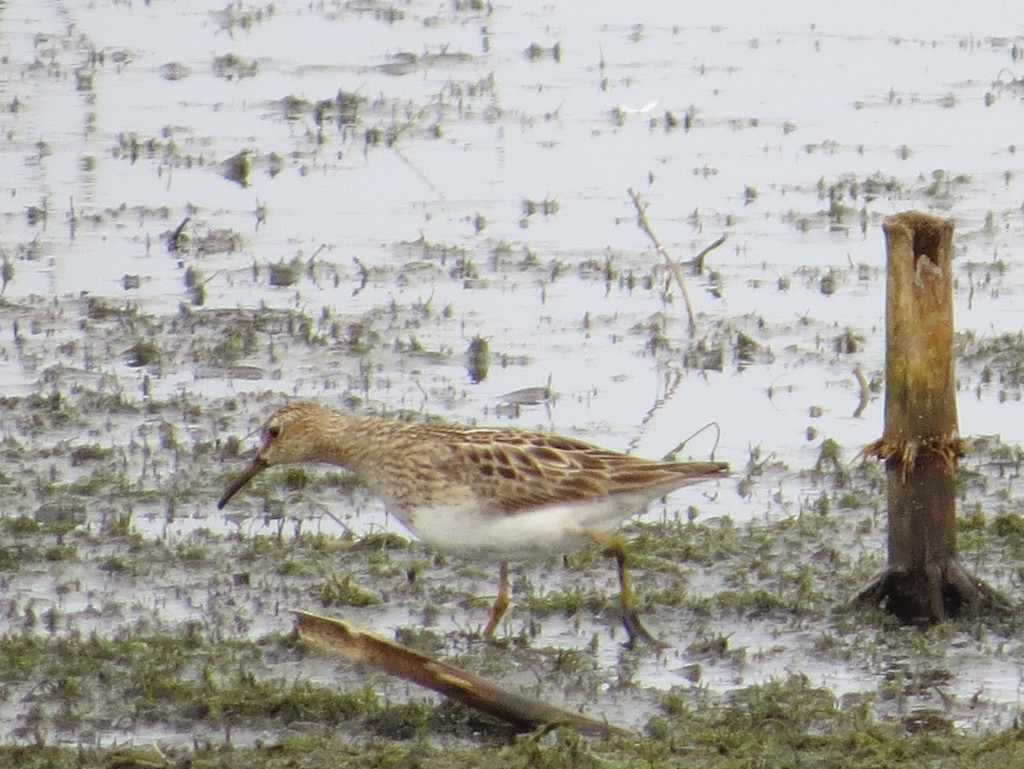
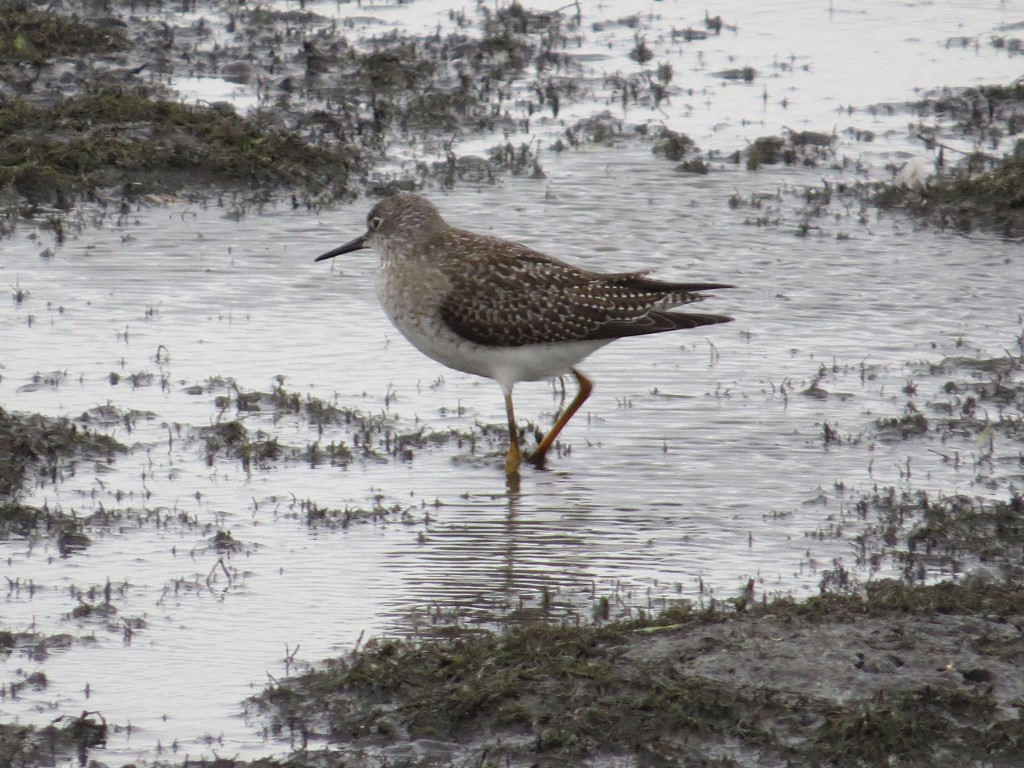
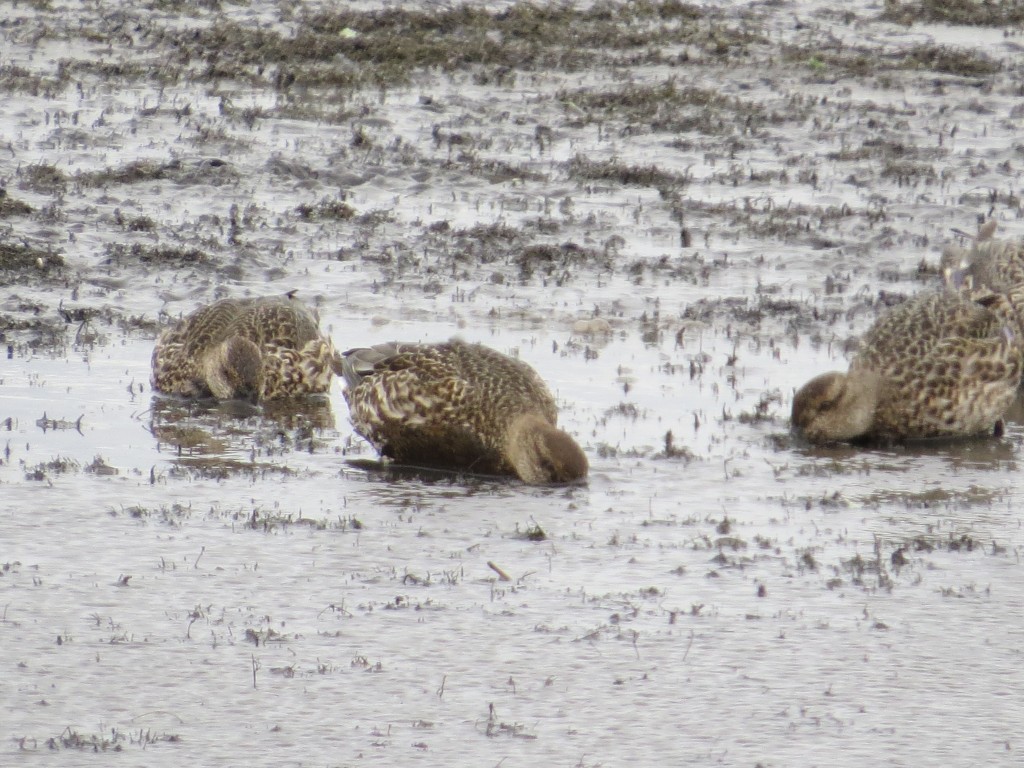
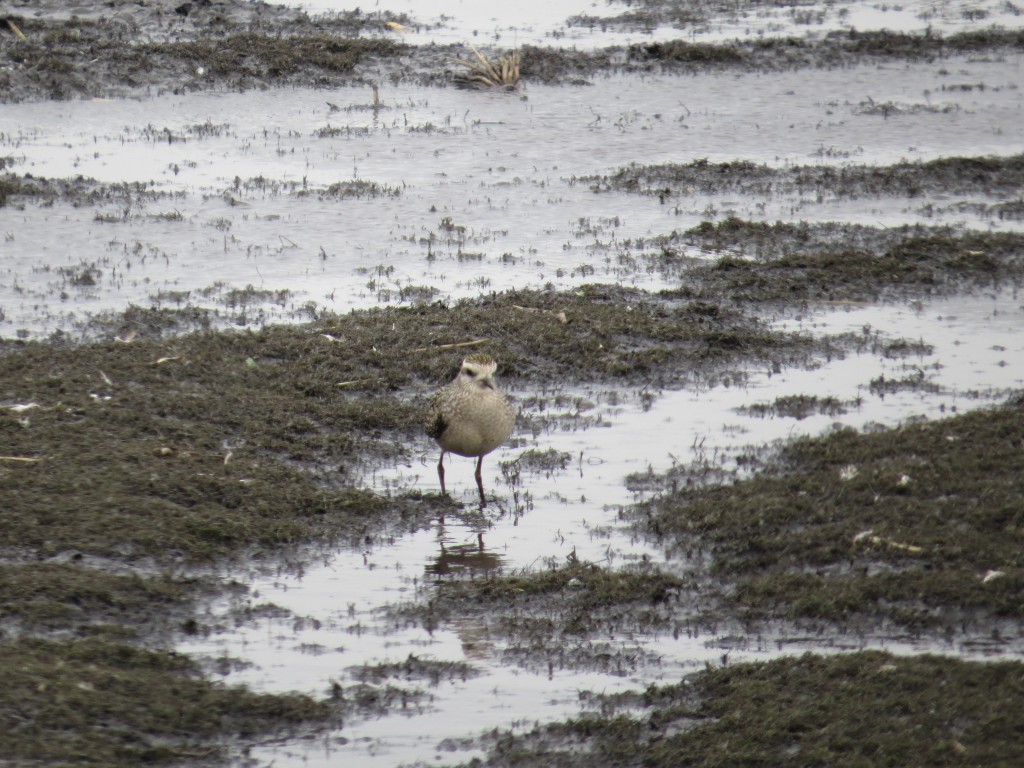
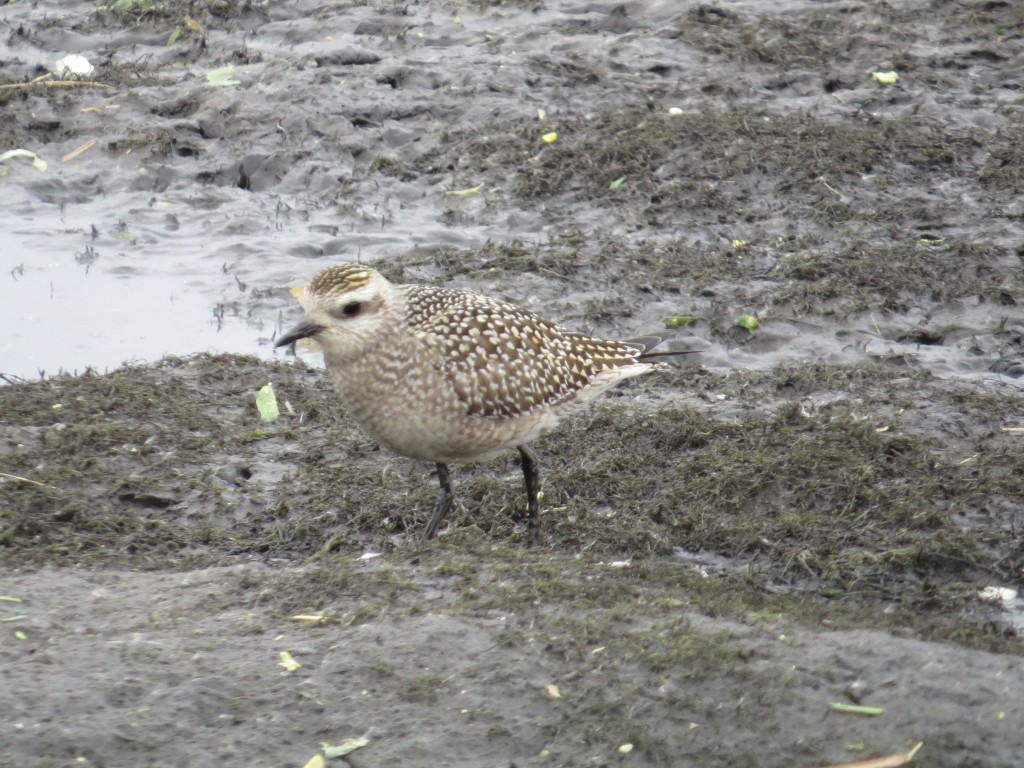 Finally it came in to crushing distance. Boom.
Finally it came in to crushing distance. Boom.